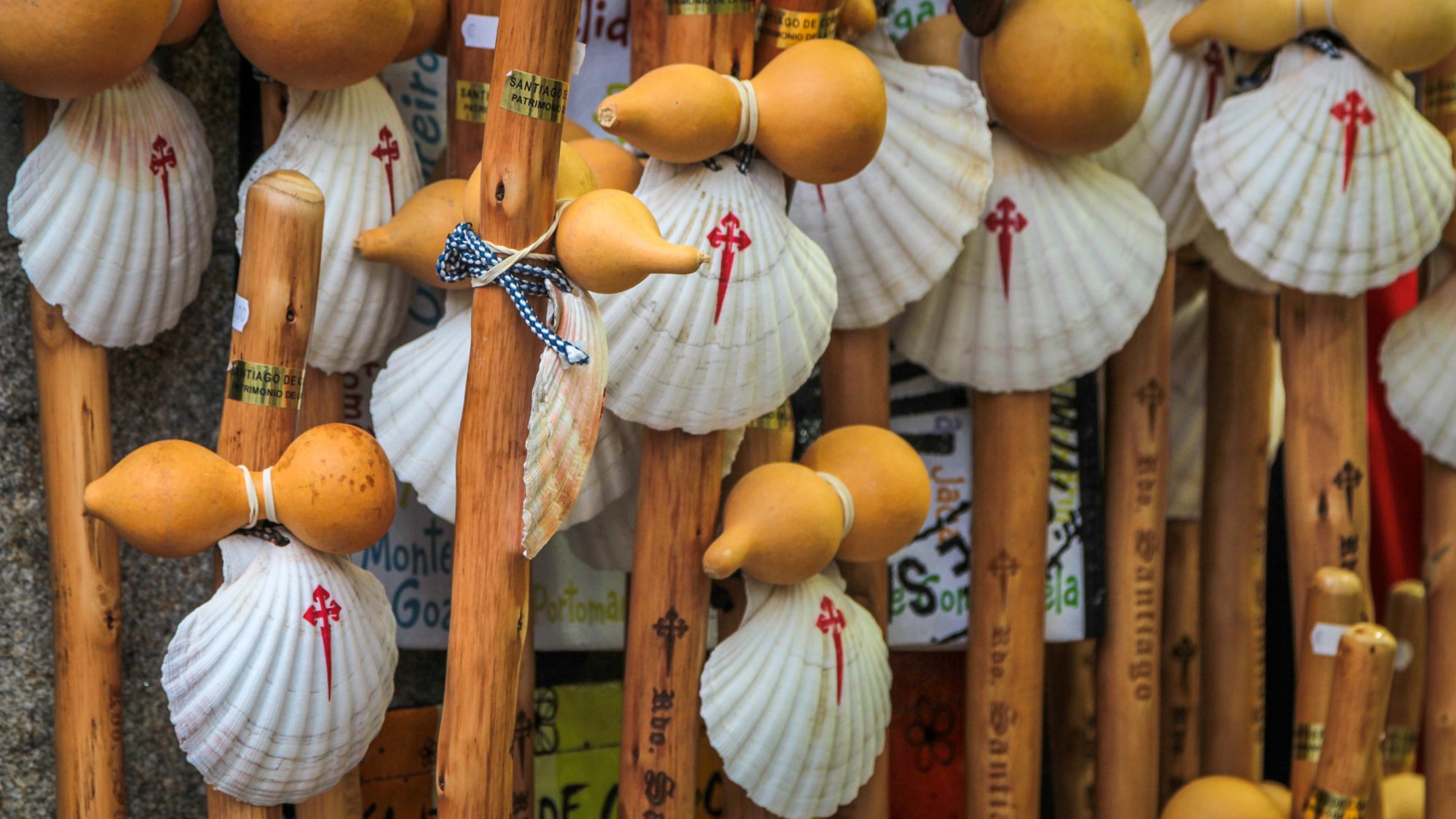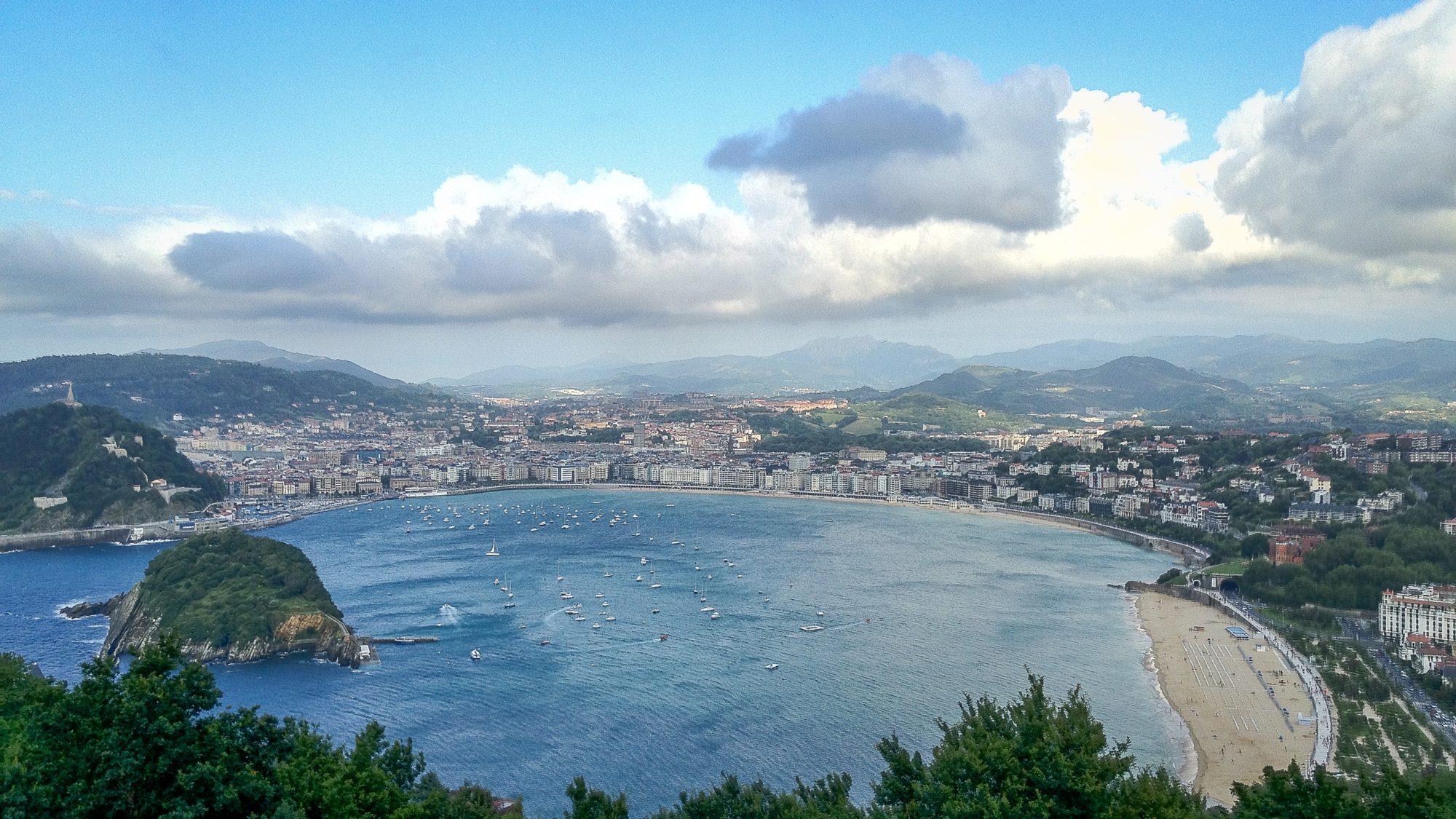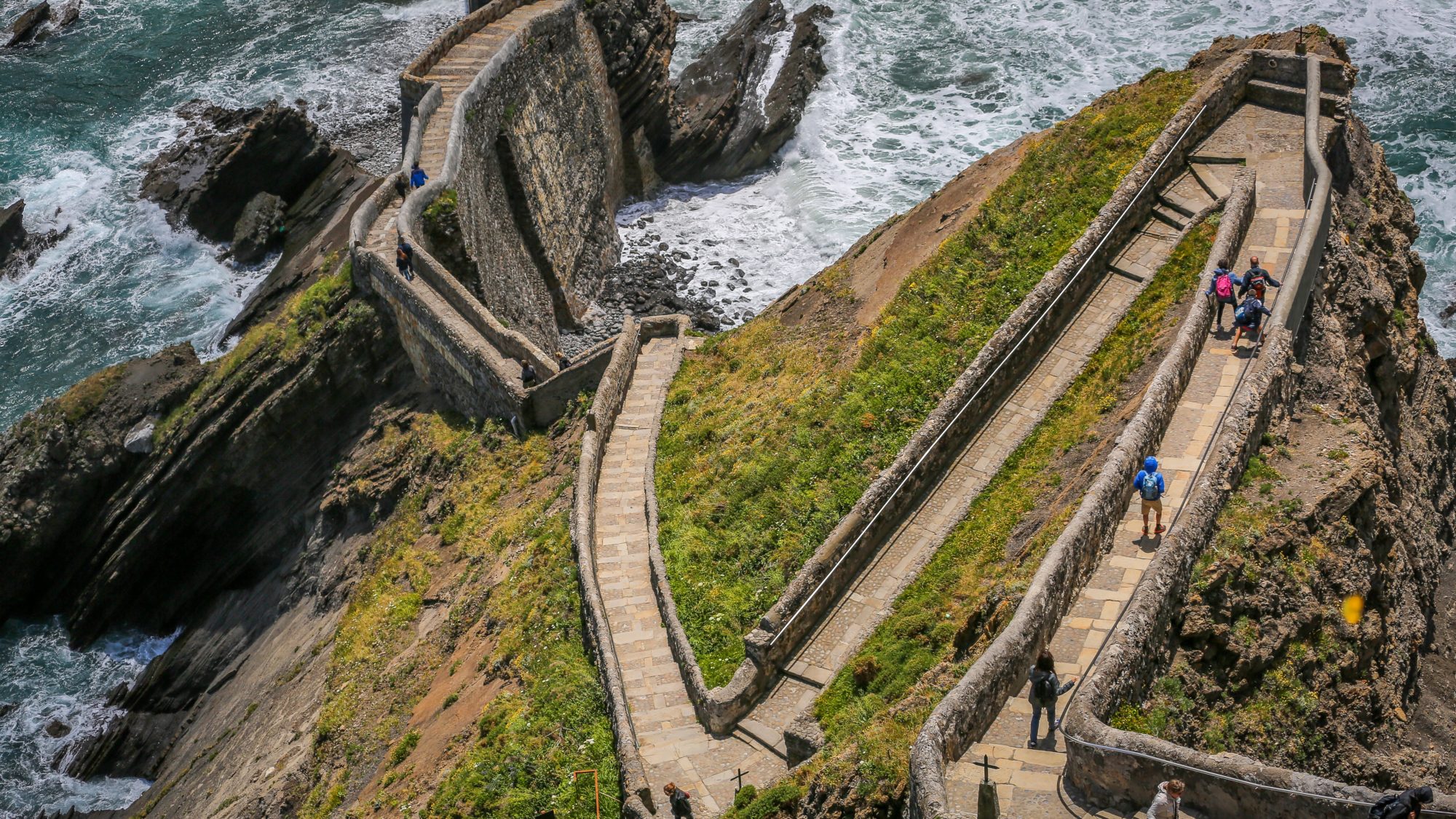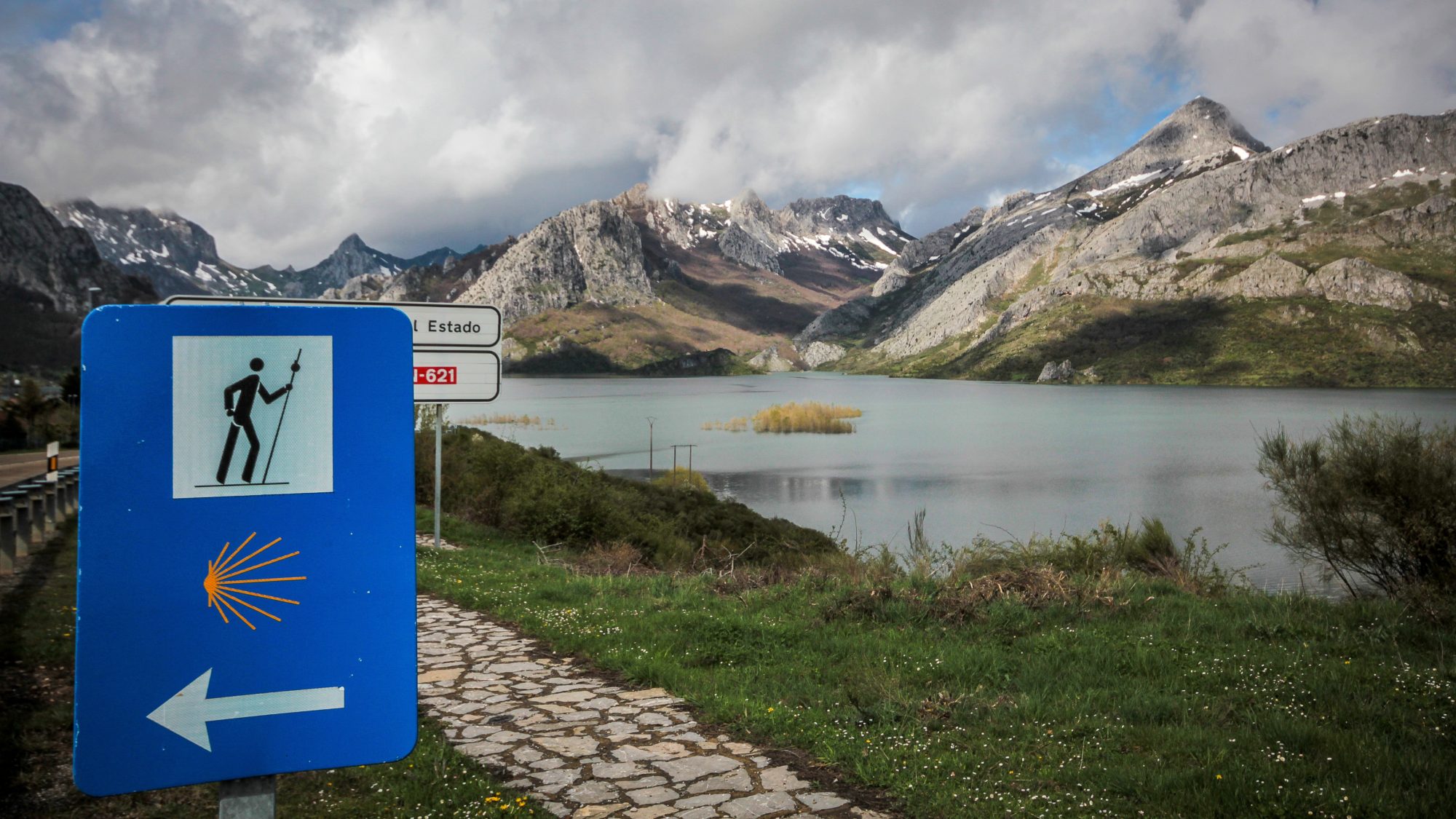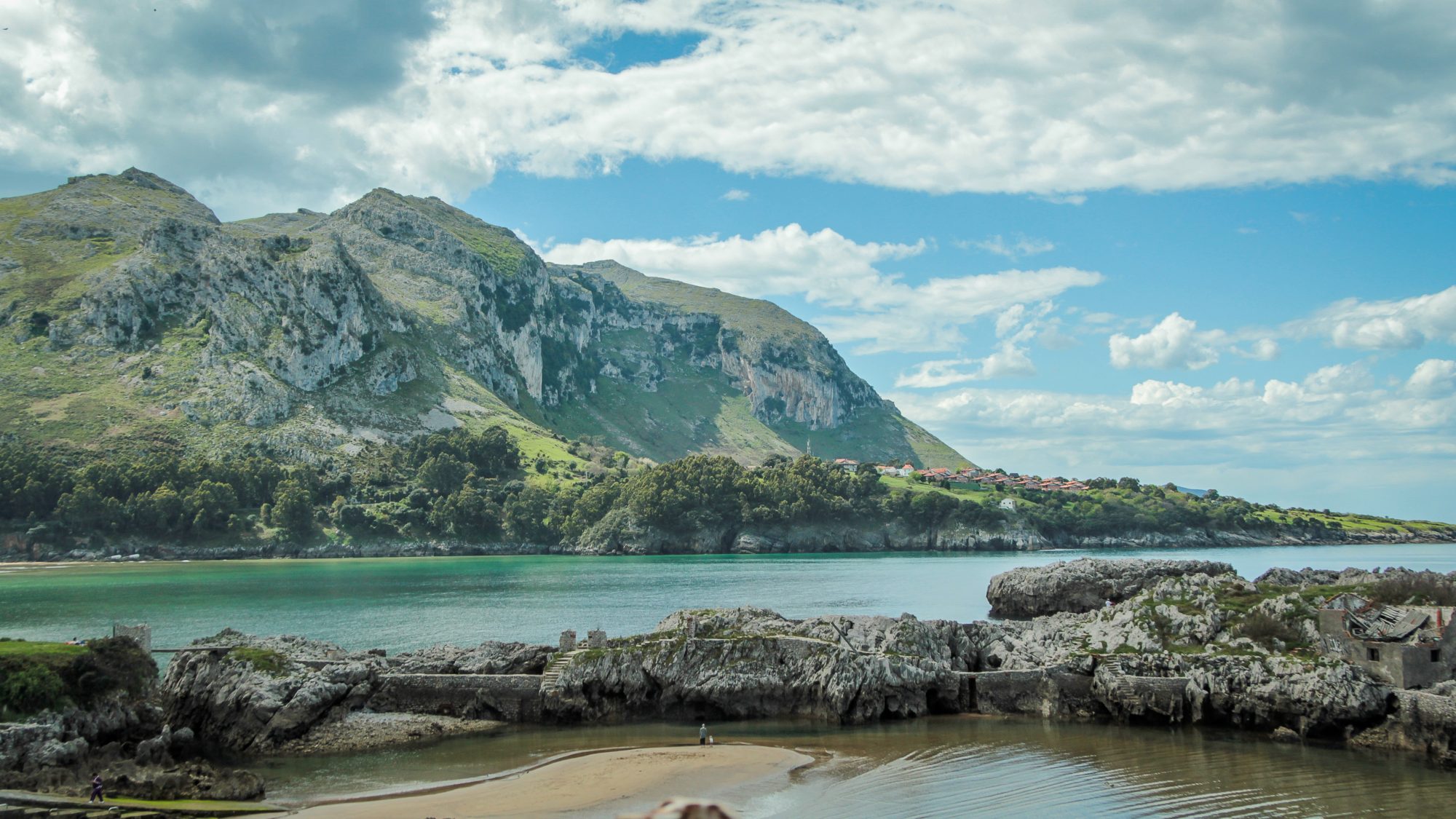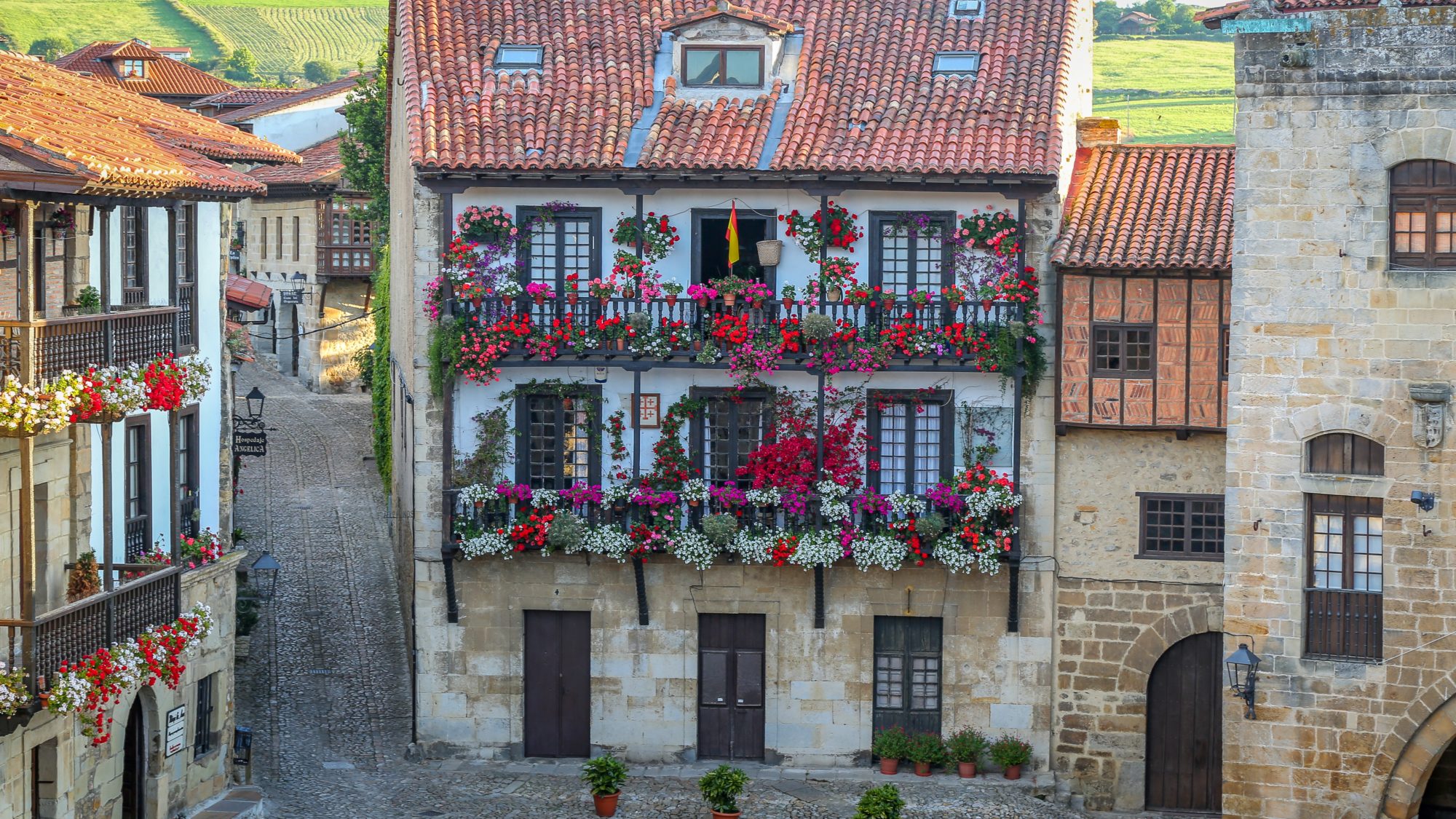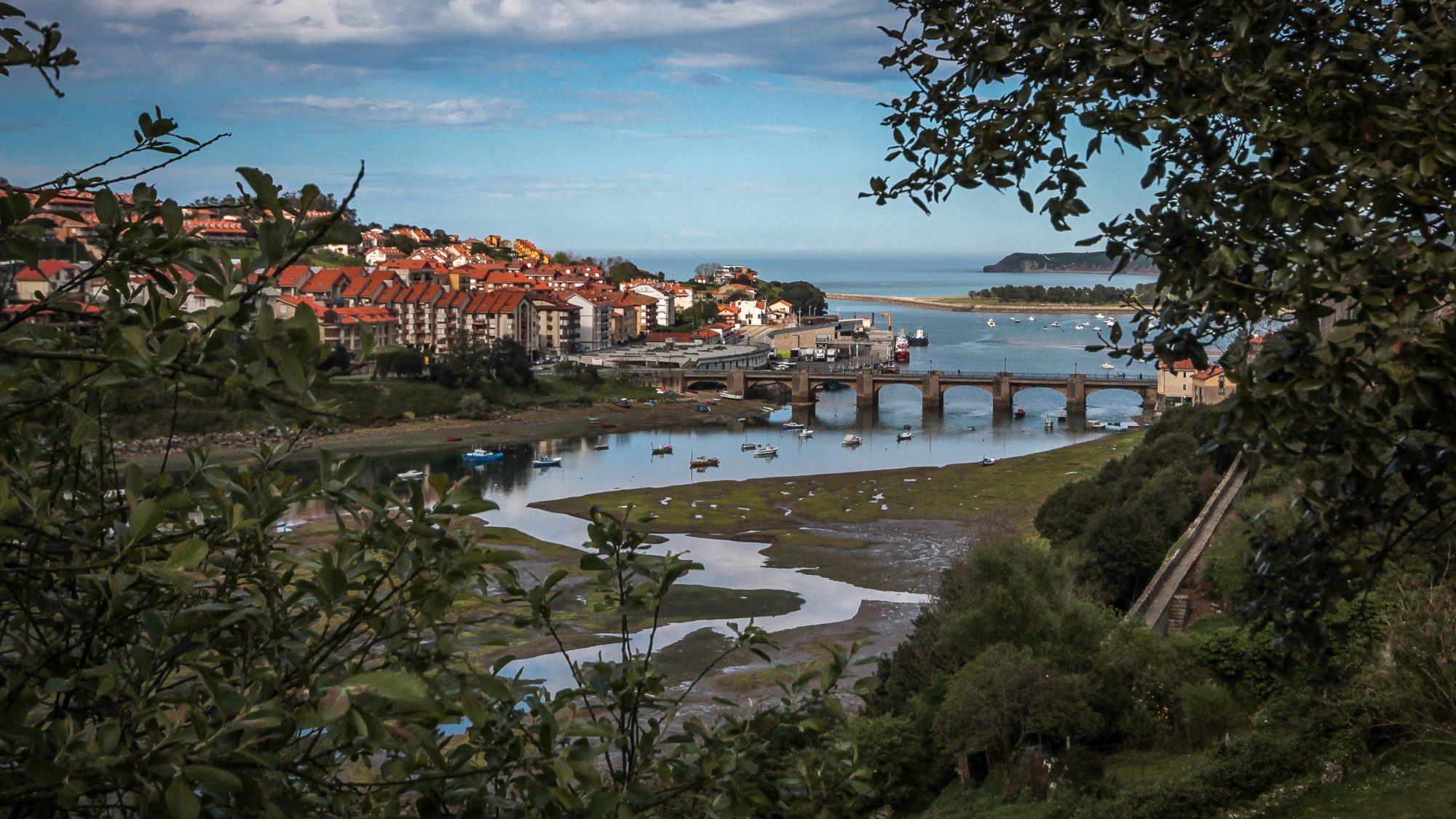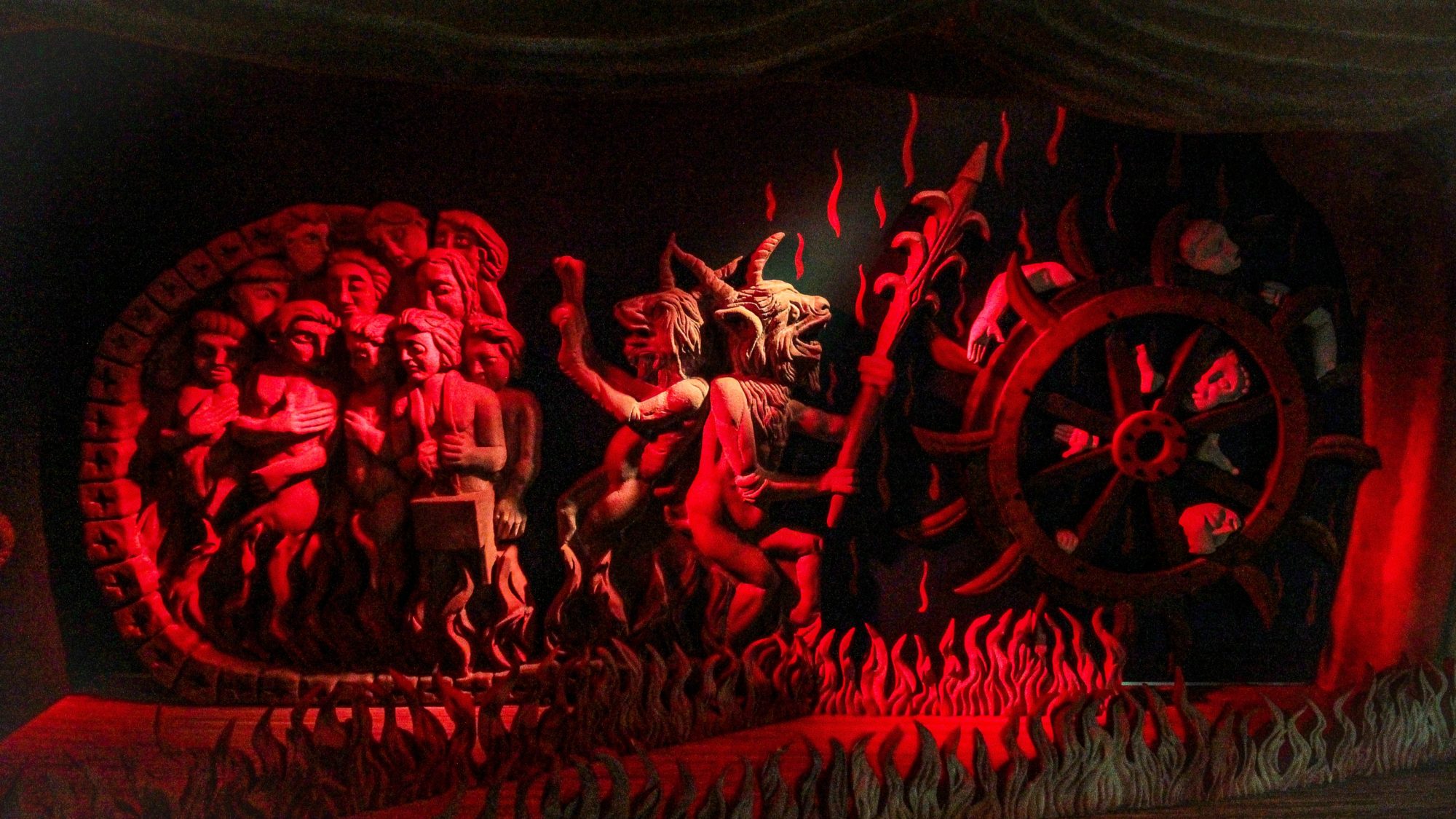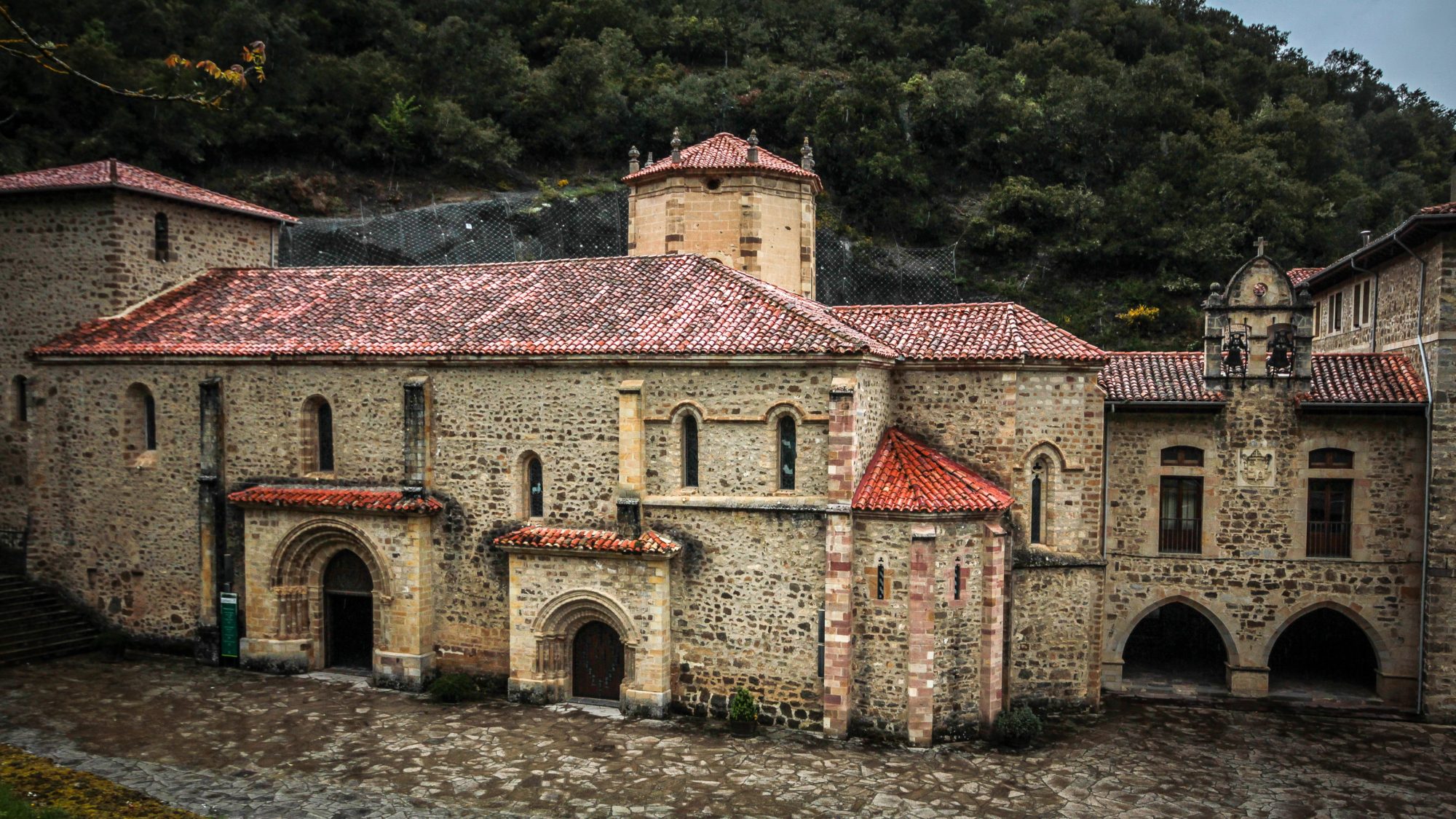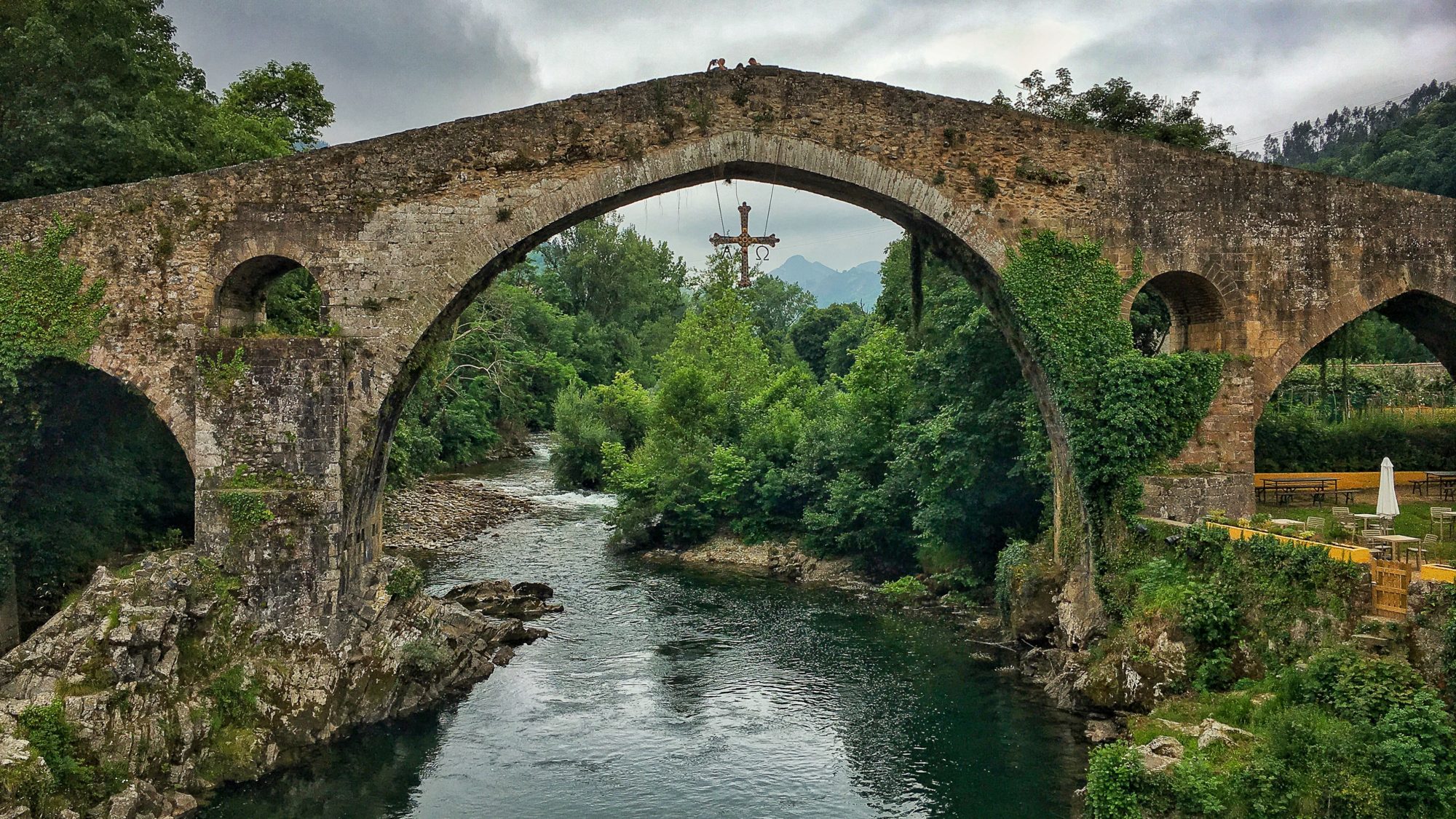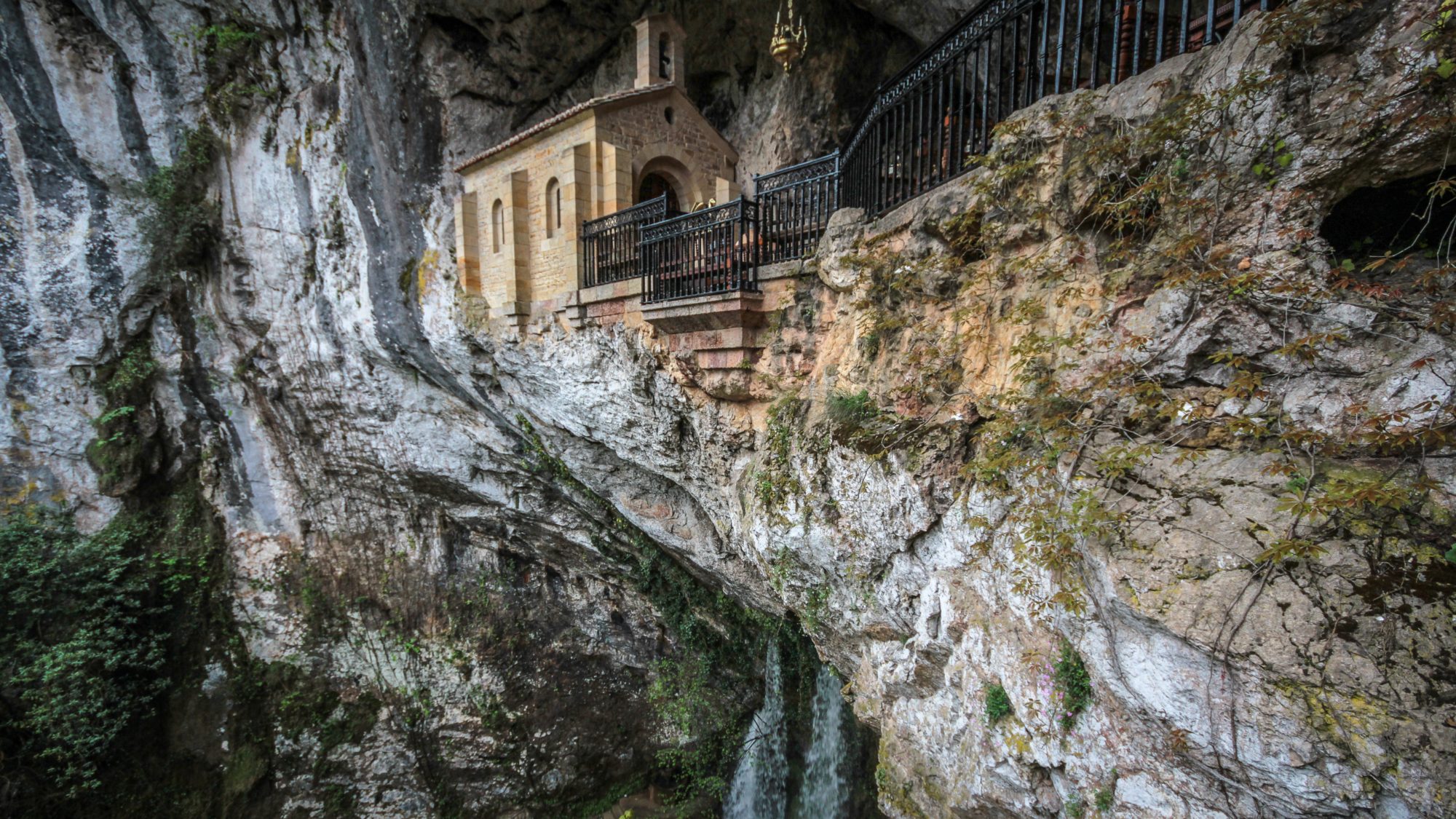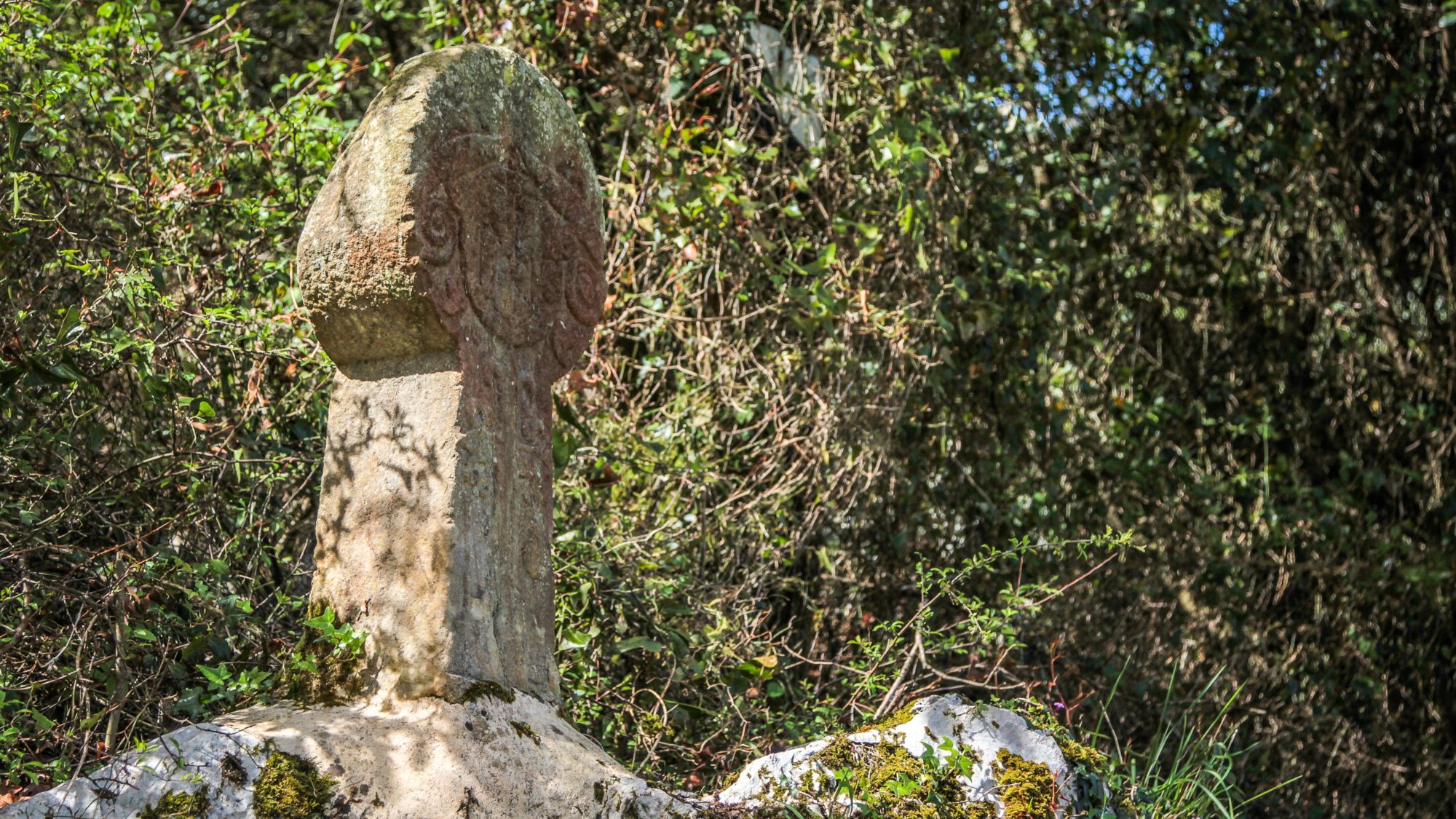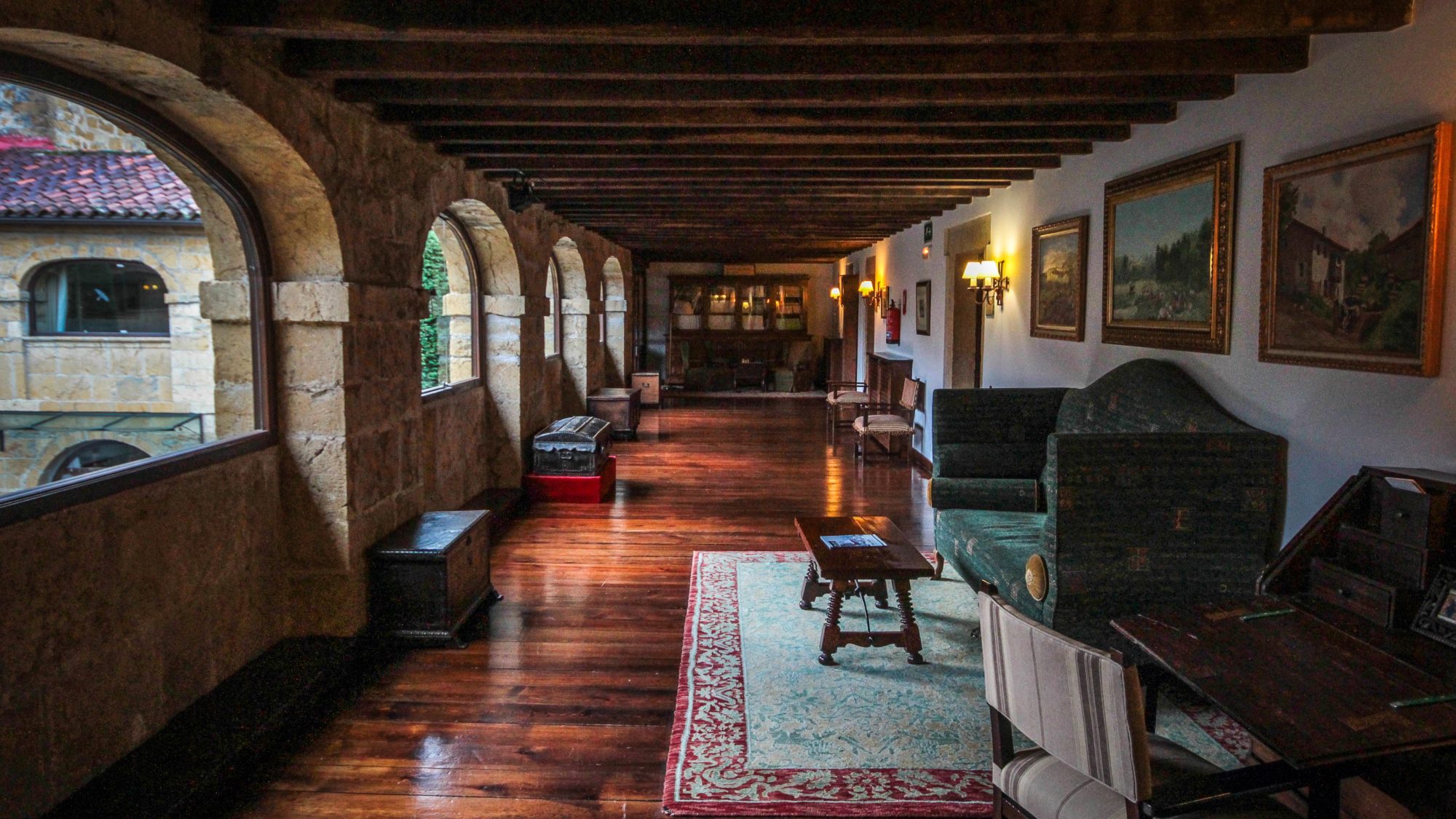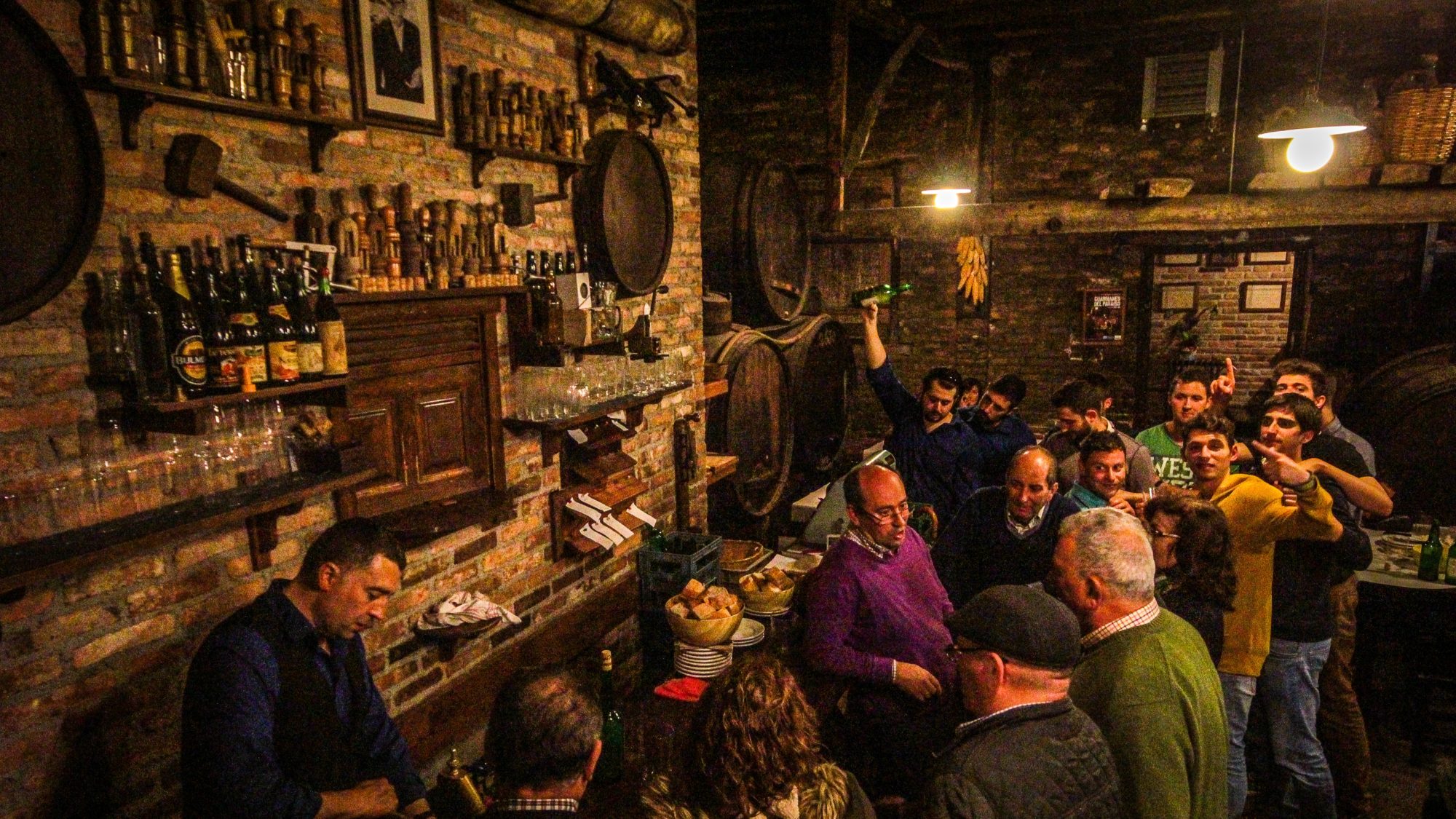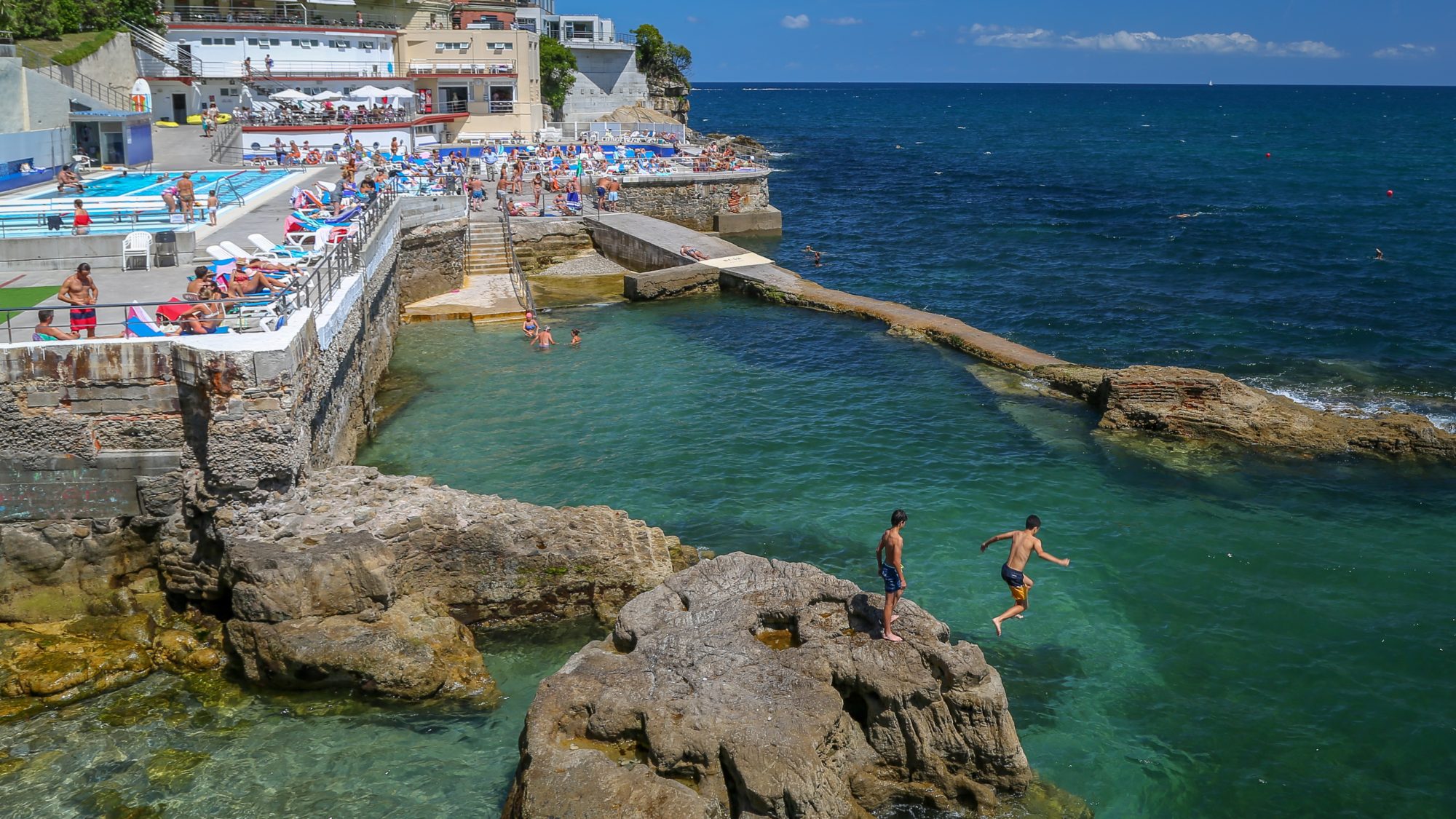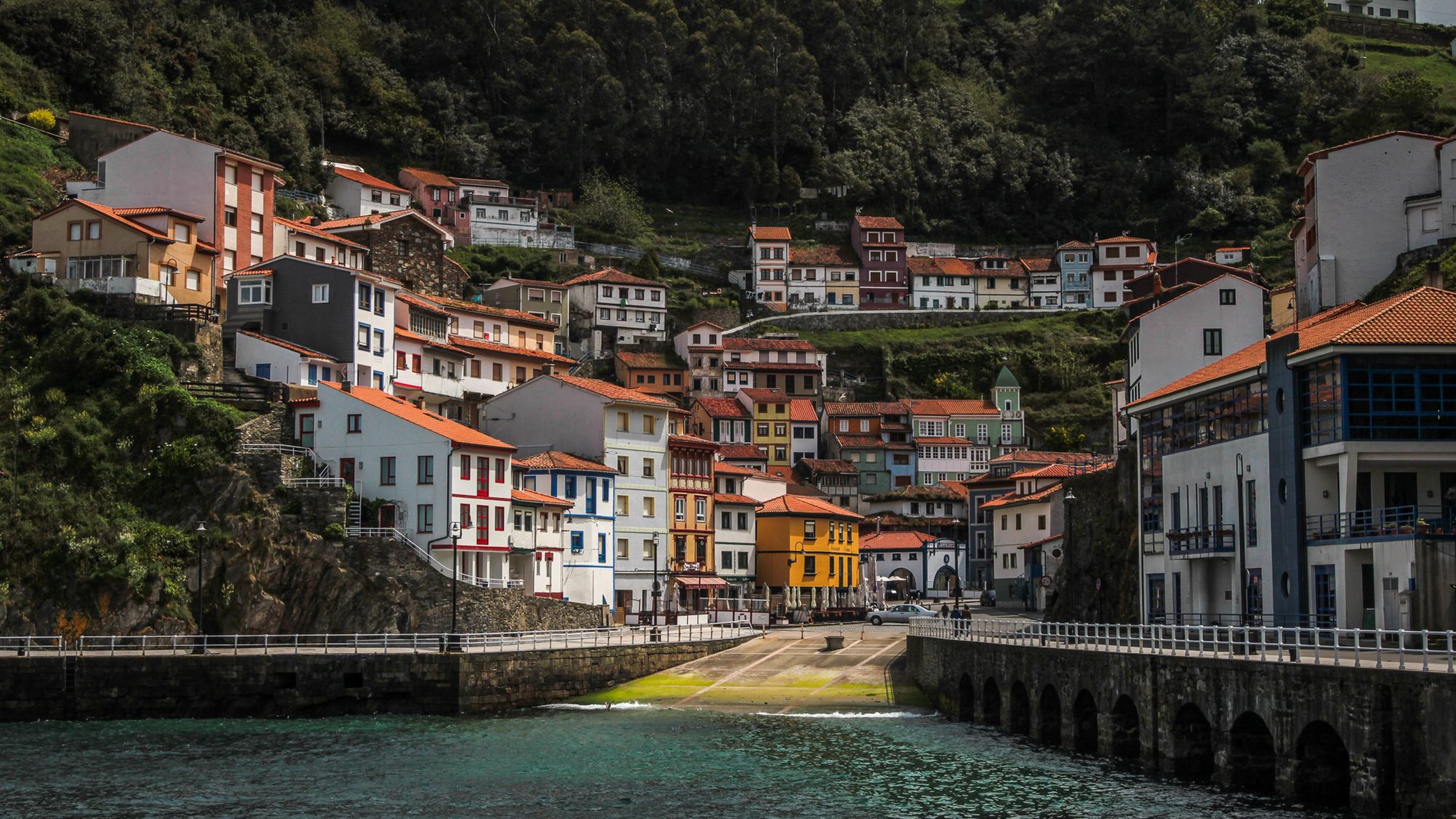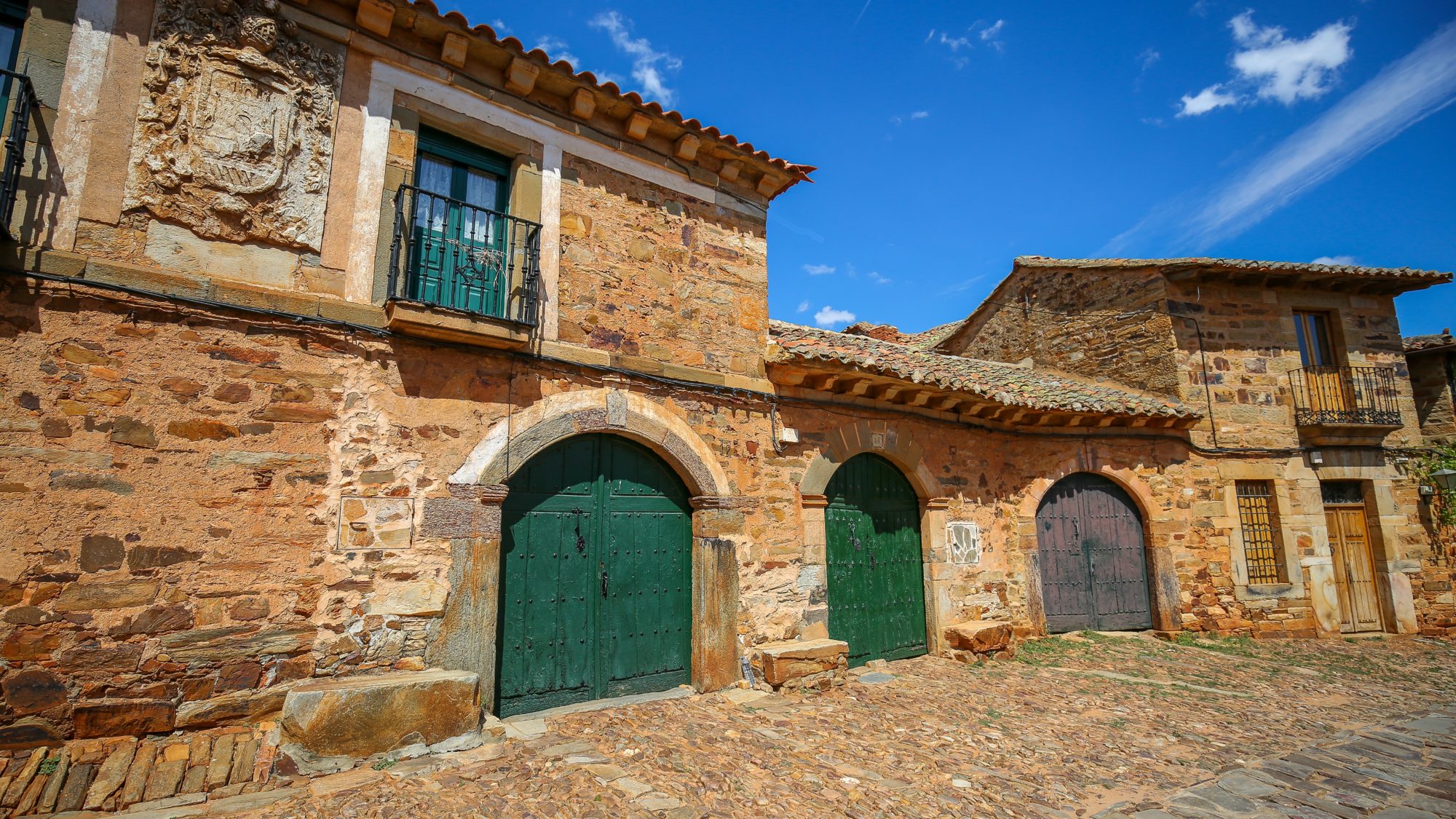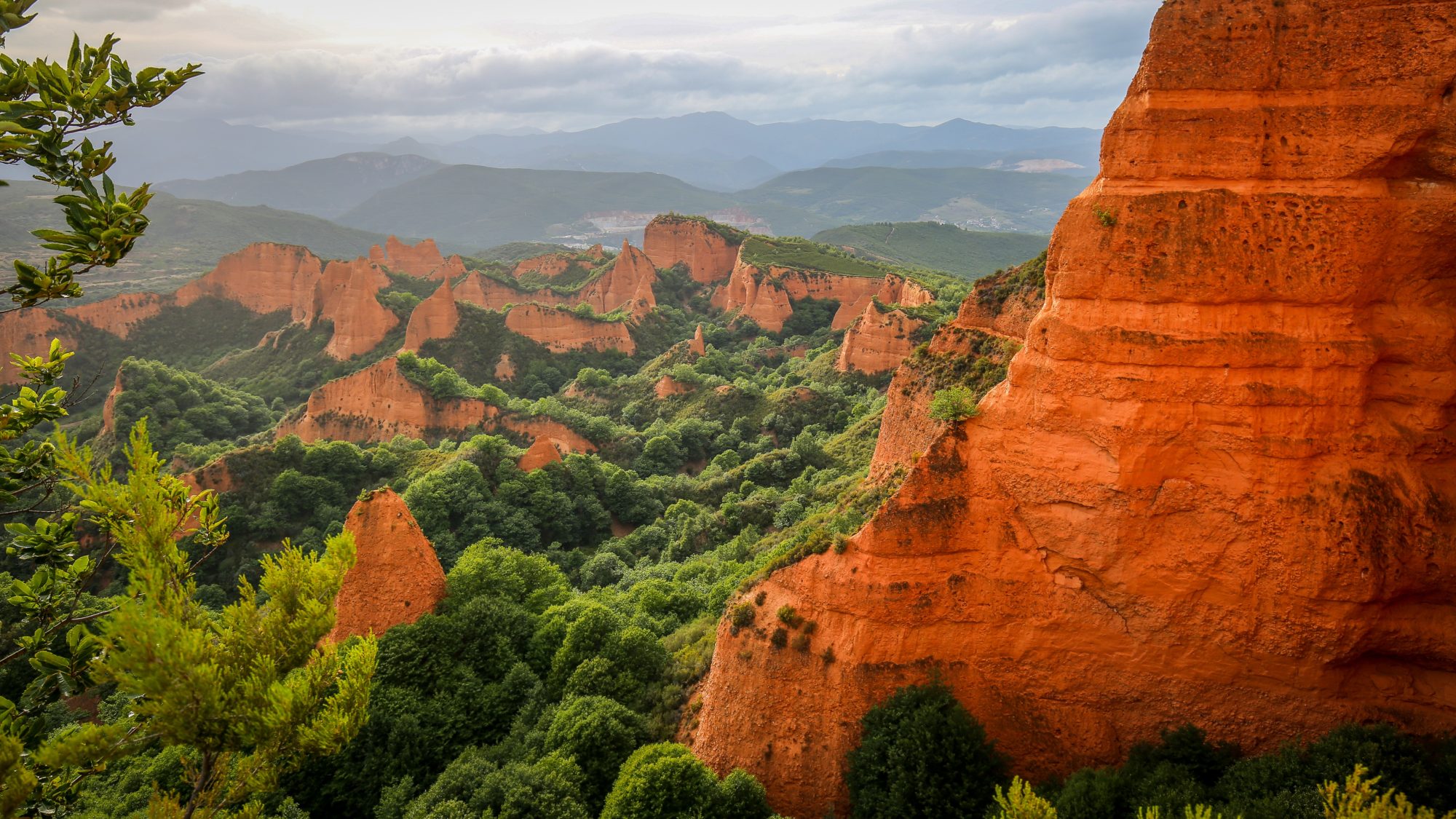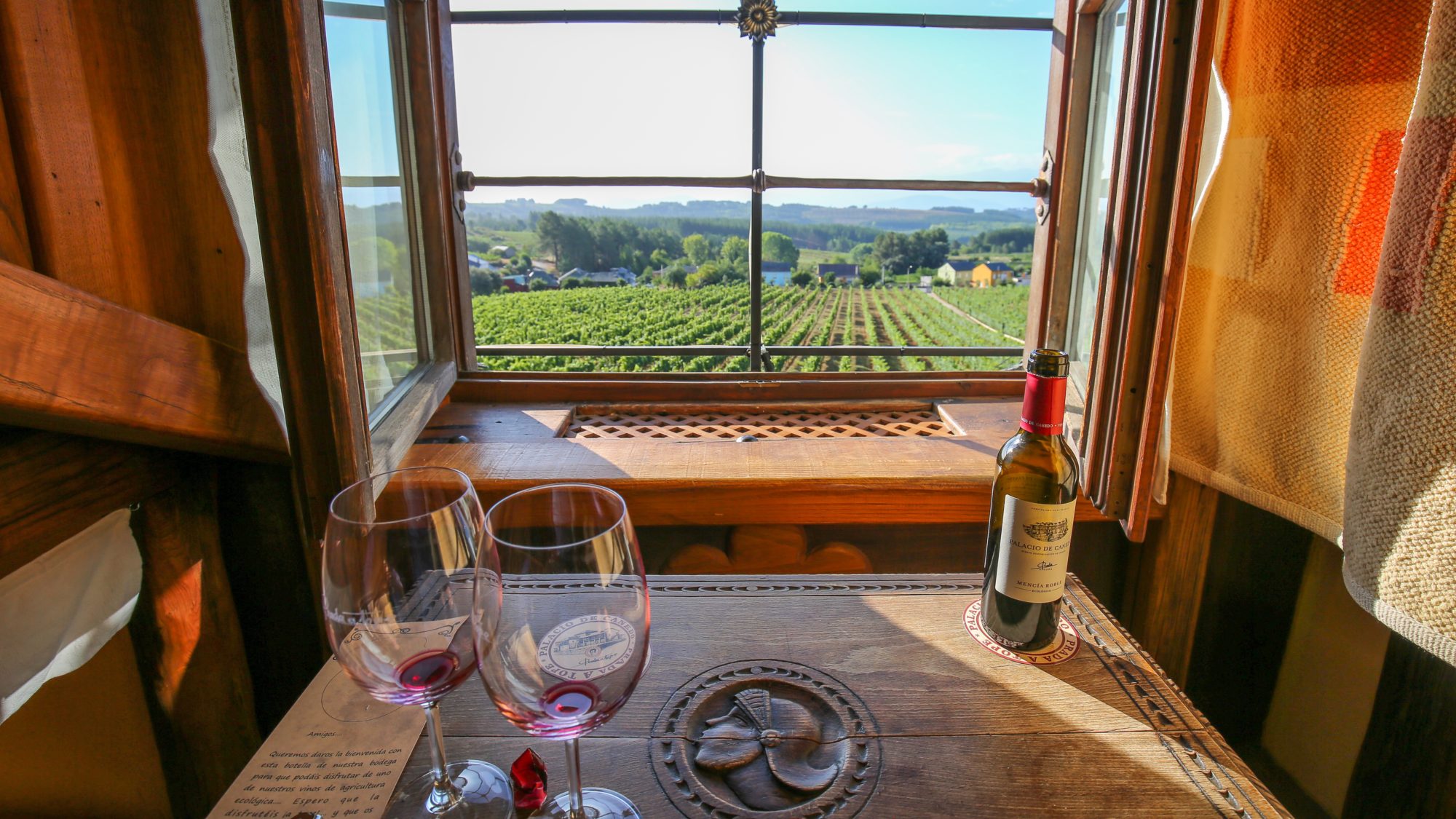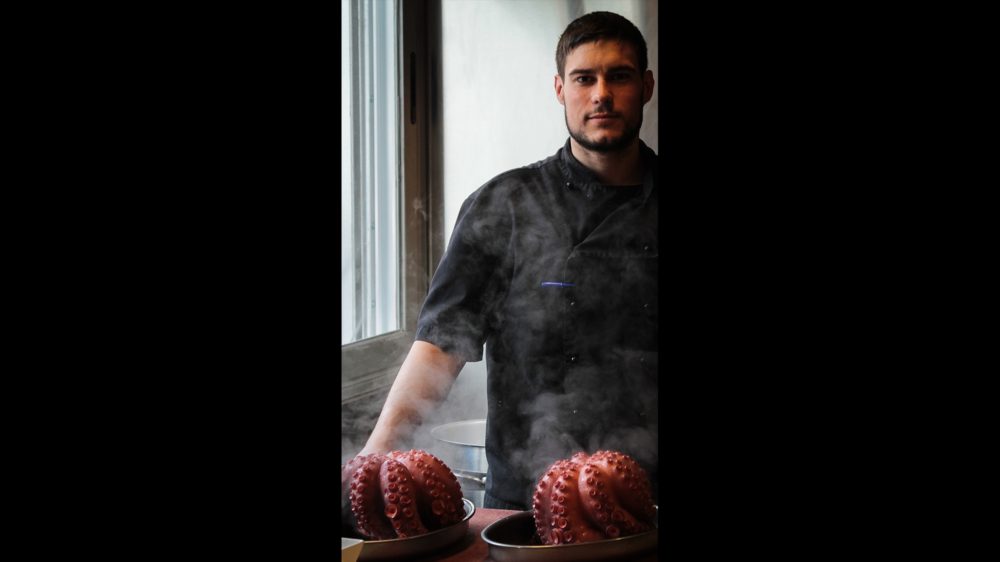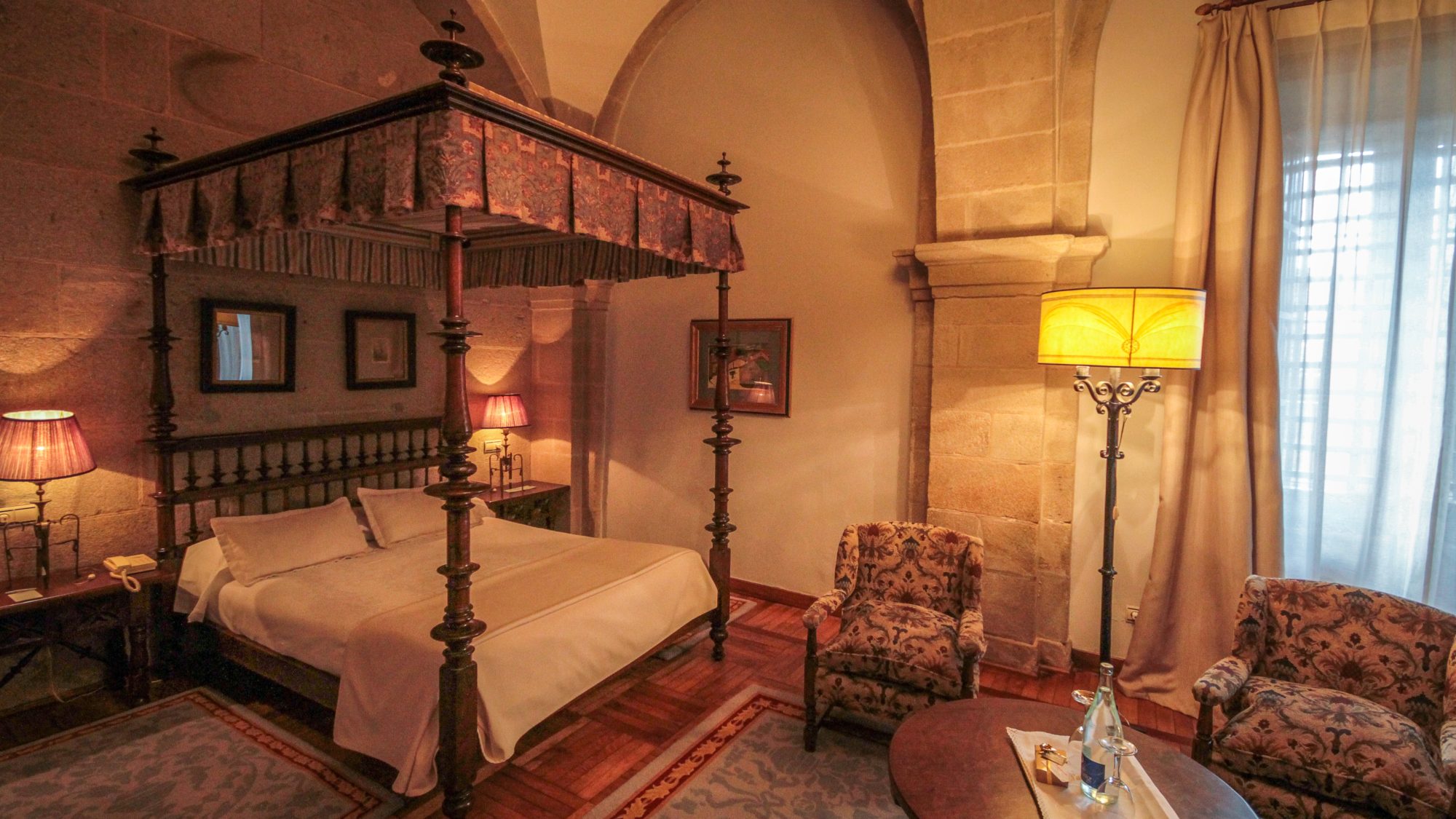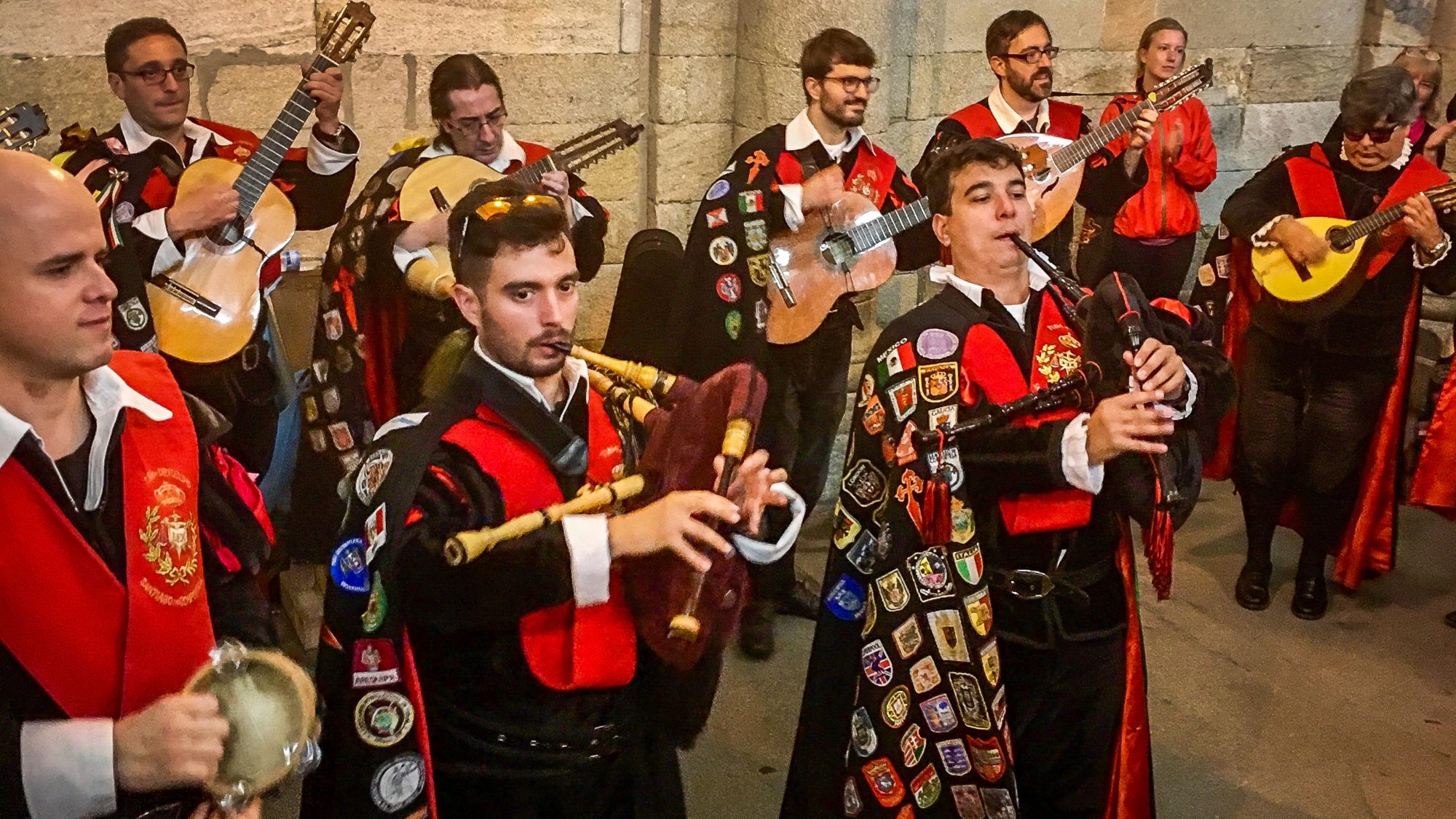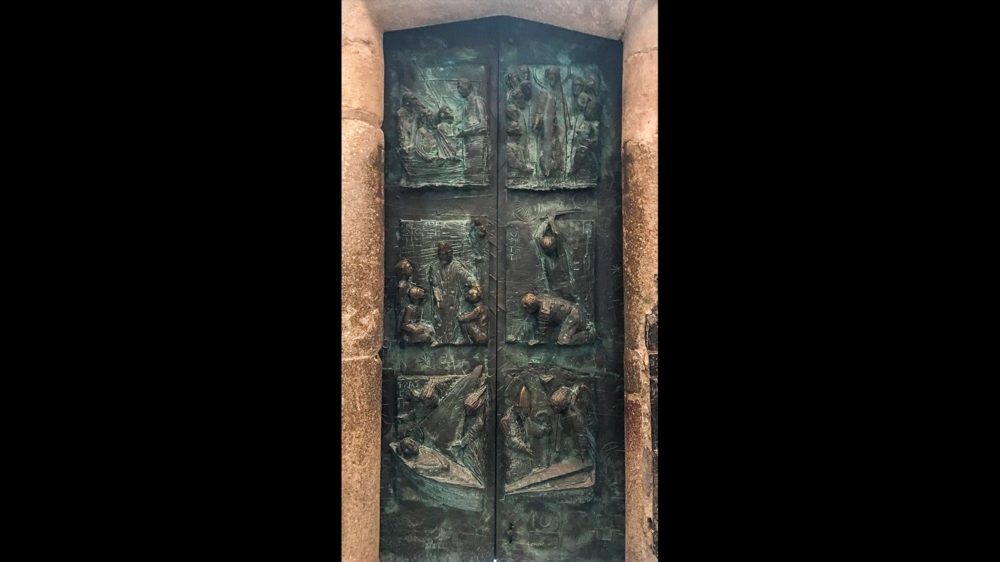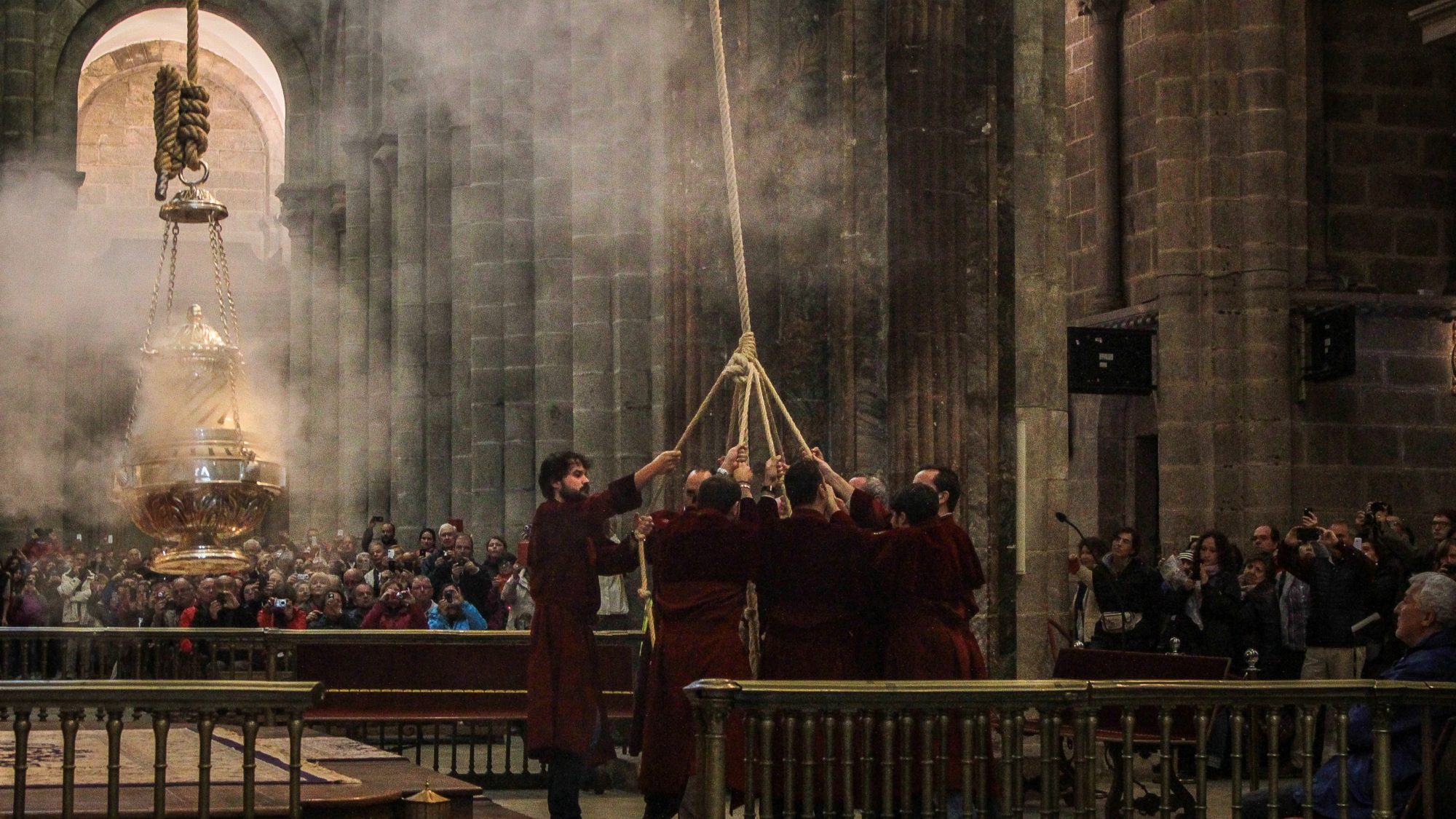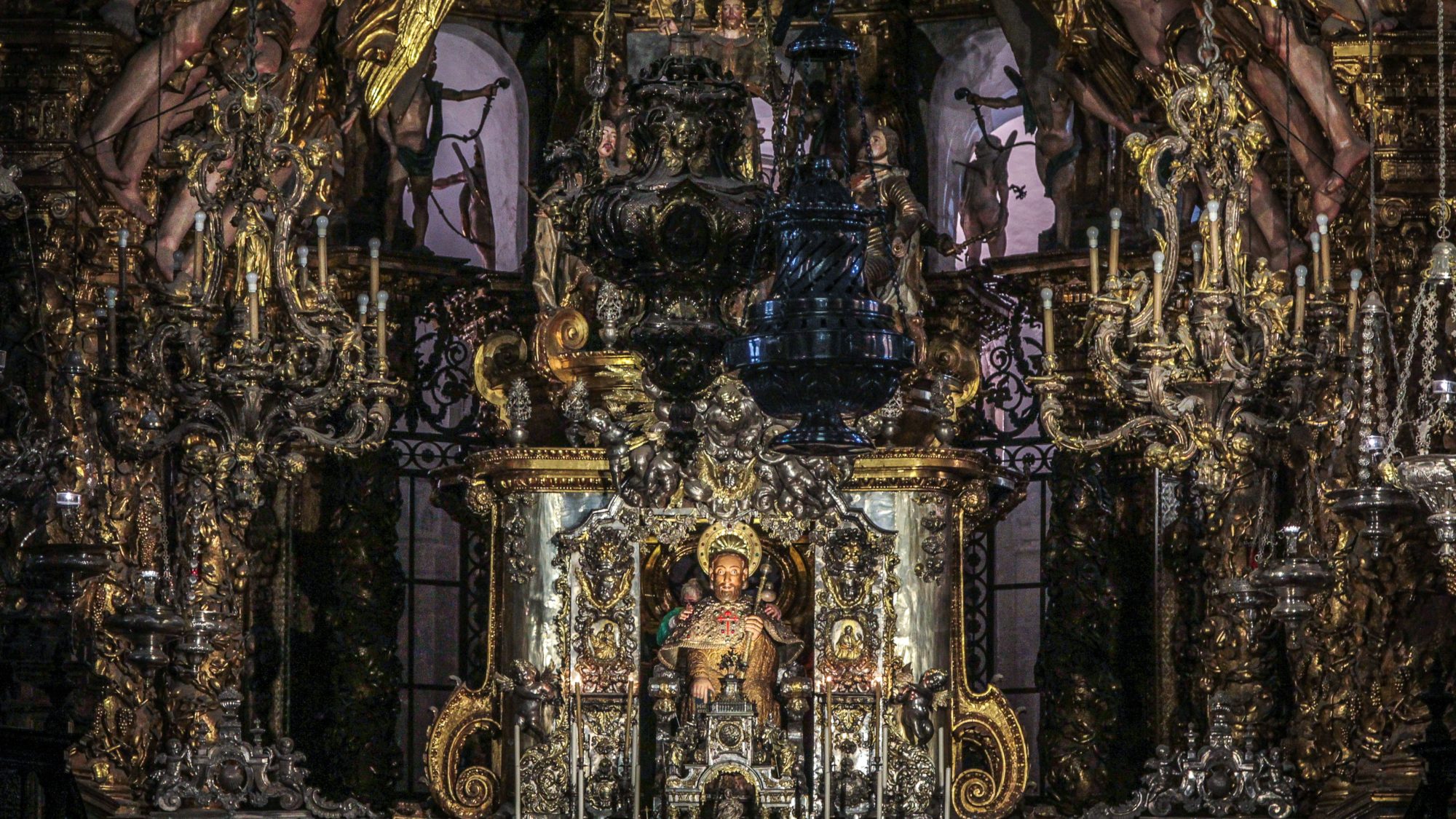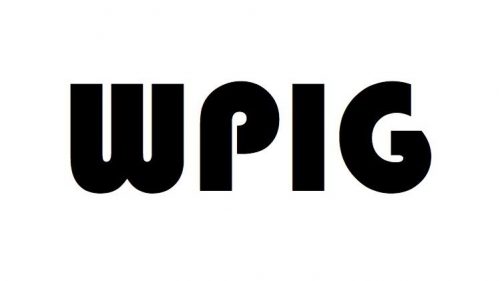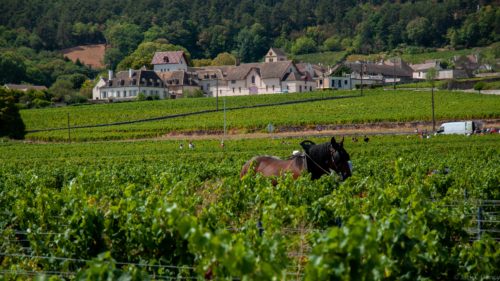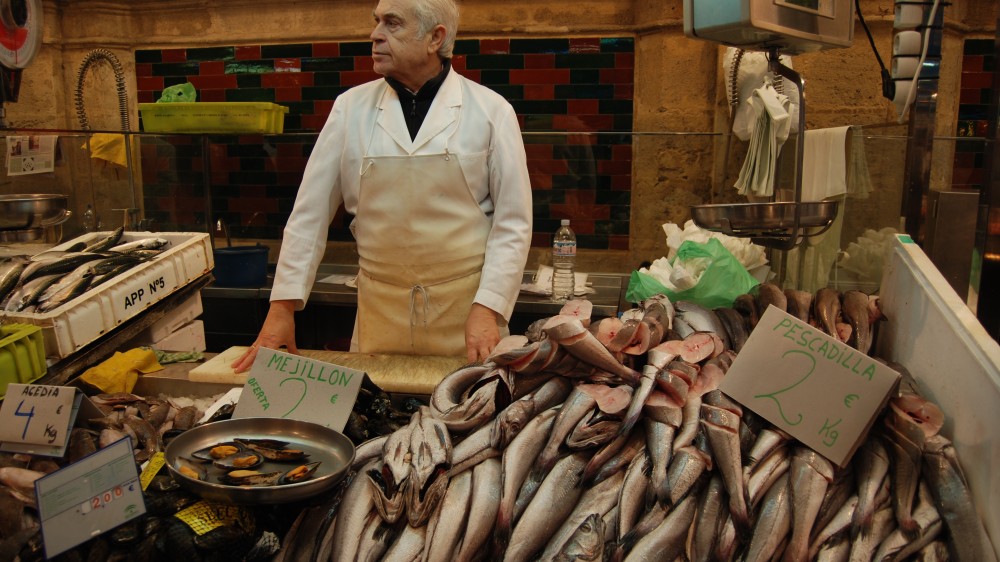Finding My Way North – the Camino de Santiago
I’ve found that the old dictum “hindsight is 20/20” has taken on new meaning this year.
My realization has been that for much of my adult life, travel has defined my most significant moments. I don’t want to come off sounding like some Instagram travel influencer racing around the globe to collect passport stamps for the bragging rights, but much as a shark must constantly be in motion to stay alive, I’ve realized with this period of confinement and post-lockdown, that I’ve made a life out of constantly being on the move.
Being forced to stay put has brought its own rewards and challenges, but more than anything I’ve discovered that the desire to move is a yearning that in some way I will always need to indulge. As we get into the last 3 months left of this cursed year of 2020, I have seriously itchy feet and a need for open space, nature, and the ability to roam relatively unencumbered.
I could think then of no better tonic than the perfect social distancing activity: walking the Camino de Santiago, to Santiago de Compostela, Christianity’s holiest pilgrimage after Jerusalem and Rome. Santiago is the resting place of the apostle James, the fisherman of Galilee who took the message of Christ to Roman Spain after the crucifixion, and who paid for it with his life back in Jerusalem under the sword of Herod of Agrippa. But legend has it that his body was mythically transported by sea back to the land that had originally rebuked his gospel. The sea journey back to Spain, combined with the fact that his tomb was subsequently lost for hundreds of years, sparked legends, miracles and mythology and turned this northwestern corner of Celtic Spain into a Catholic pilgrimage to inspire conquerers, aesthetics, sinners, saints, and Chaucer, among others.
The chronicles of Santiago were immortalized in the 12th century text, the Codex Calixtinus, which narrates the whole story. The fifth book is attributed to a French monk by the name of Aymeric Picaud and deals with practical ins and outs for walking the Camino de Santiago for 12th century pilgrims, making the Codex also one of the world’s first travel guidebooks. Have a listen; the liturgical texts were meant to be sung, and they make a fine example of early polyphonic chant.
If nothing else, all of this makes for some fascinating lore. The Camino includes all the winning elements of a great trip: exercise, stunning scenery, culture, tasty local cuisine, history, and personal transformation, for you cannot be indifferent to what the Way has in store for you, regardless of your spiritual inclination, whether you spend a day or a month on the walk.
What most people think of when they hear of the Camino de Santiago today is the Camino Francés, a 780km (540 mile) walk starting from St. Jean Pied-de-Port in French Basque Country near the Spanish border, and taking roughly a month to reach the finish line at Santiago. While that is a truly spiritual quest if there ever was one, most of us may lack the time or the inclination for such an undertaking.
My approach to the Camino de Santiago has been to craft trips to take in the highlights of not just the walk itself but the historical, cultural and geographical particularities that have shaped the Way, be they on the Camino Francés, the Camino Lebaniego in Cantabria (historically fascinating in its own right), the Camino Primitivo (starting in the region of Asturias), or the Camino del Norte, widely considered to be the original Camino, starting from Spanish Basque Country and taking in the mountainous and coastal regions of Cantabria and Asturias before turning inland to Galicia. With a bit of vehicle support and some local know-how one can literally make their own camino taking in some splendid hiking, historic villages, Romanesque architecture, stunning beaches and a heavy dose of Camino mythology. Not to mention some nicer hotels in some out of the way places, contrasting with the fact that the oroginal accommodations along the Camino were monasteries that doubled as hospitals for sick pilgrims. Today the monasteries have largely given way to cheap student albergues (youth hostels), but if you’re like me and over the age of 20, you probably want a place to stay with a private room, bar, and the outside chance of a decent leg and foot massage after a day of walking 15 miles.
The question one needs to ask at the start of planning any Camino trip is ‘why’? Your motivation can dictate the route you take. There are literally dozens of Camino trails around Spain and neighbouring Portugal that all feed to Santiago, but it is only the peregrinos (pilgrims) who walk at least the last 100km (traditionally along the Francés from the town of Sarria to Santiago) that receive the Compostela, the official certification of pilgrimage. So, the decision as to whether you want the certificate (for religious reasons or not), as well as the amount of time you have (be it a week, two weeks, or longer) should be considered when deciding if you’re going to go whole hog, or as a lot of people do, choose to walk the Camino in stages.
Keep in mind also that 2021 is a “Jubilee” year, when July 25 (the Feast of Saint James) falls on a Sunday, meaning more significance for people with religious inclinations to complete a pilgrimage and therefore more walkers than usual – although Covid-19 may pose some challenges to work around and might keep the normal number of walkers away.
To give you a taster, I’ve put together some photos from recent past Camino trips, criss-crossing the four provinces that make up the Norte and part of the Francés.
Walking the uninterrupted road, taking in fresh air, seeing a country and the countryside the slow way… this is my preferred choice for healing the wounds of this watershed year. Who else is with me?
Sebastian is breaking in his hiking boots, whittling his walking staff, consulting maps and cooking up plans to head back to the Camino de Santiago as soon as it is safe to do so. Get in touch, to talk about Camino lore and what might make the best Camino for you and when to go.
